What to look For In Scopes or Binoculars, And Optics Terminology.
For those who wish to dig deeper into the topics discussed here, there is an excellent article at the Optics Planet website which can be found here:
https://www.opticsplanet.com/howto/how- ... scope.html
Scopes Generally
Generally speaking, in the "good" category I mentioned earlier, today's optics offer some terrific values. These companies have familiar names and they have built good reputations, built on quality products. In this crowded field of "good" optics, (in the mid-price range) there is a lot of competition, resulting in well built scopes, that are rugged and accurate, and with good clear images. Mechanical failures and fogged lenses are things of the past. And, the good news is, a good quality scope need not require a mortgage on the home to purchase.
To get you to the right optics, here are some terms that will help you make the right choices and get the right options. Much more discussion on the net.
1. Image resolution (clarity, including edge to edge clarity)
Image resolution need not be a subjective feature. At least initially, while in the store, a view through the scope or binoculars can tell a great deal about image quality. Beyond that, once you have made the purchase, there are tests you can use to objectively gauge resolution, as below:
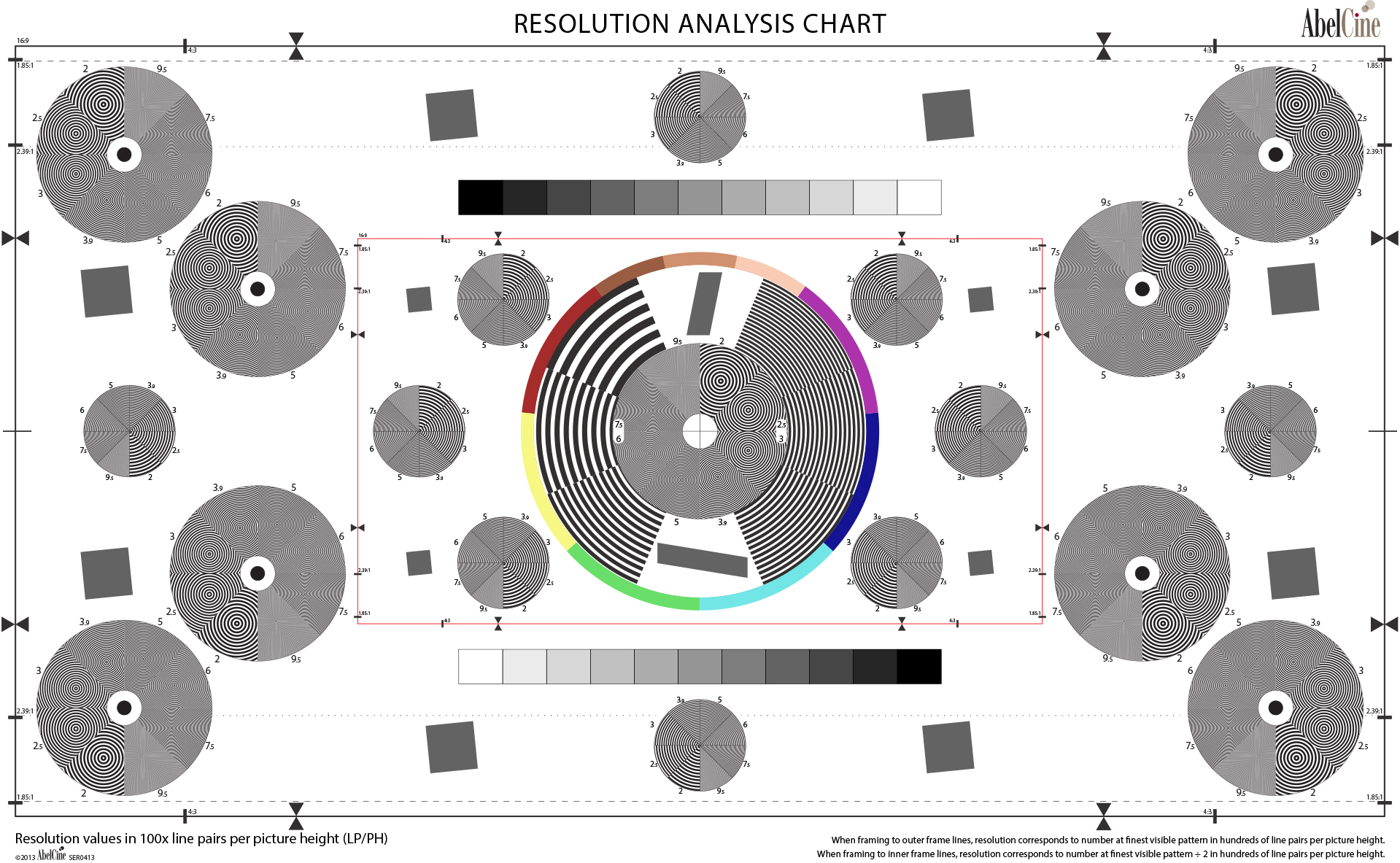
- Resolution chart-2.jpg (903.04 KiB) Viewed 663 times
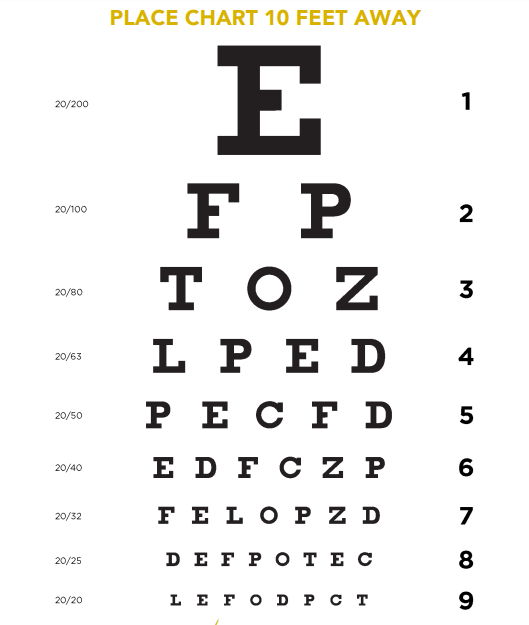
- Doctor's Eye Chart-2.png (155.61 KiB) Viewed 663 times
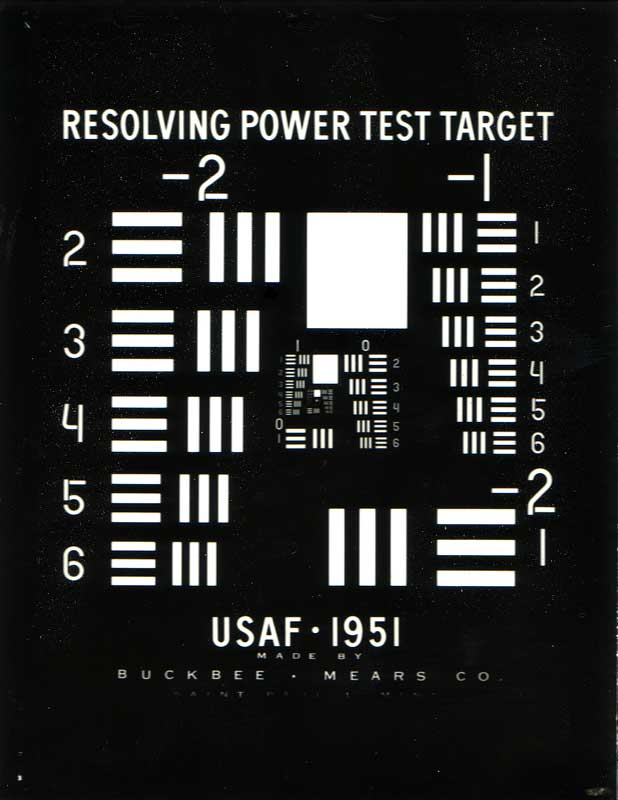
- 1951usaf_test_target.jpg (44.8 KiB) Viewed 663 times
2. Eye Relief
Eye relief is the distance from the scope (or binocular) lens to your eye. Too close and dark shadows appear. Too far away and the image shrinks and appears cropped.
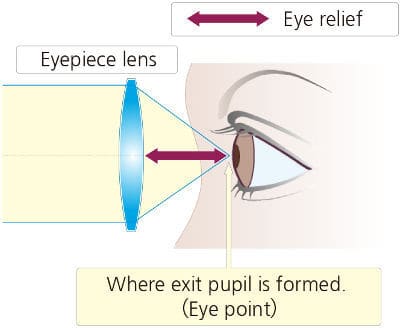
- Eye Relief-1.jpg (12.93 KiB) Viewed 663 times
Source : Binoculars Insight
For binoculars, there is usually a range of distance where eye relief is optimum, and some have different positions that can be selected to accommodate eyeglass wearers. Check 'em before you buy.
For shooters, eye relief is particularly important as a safety feature. If the eye relief for the scope sight is too short, which then leaves your eyes too close to the sight, the firearm’s recoil can force the optical eyepiece to hit and cut into the skin around the shooter’s eye. Keeping the scope a safe distance from your eye, can save a lot of grief, sometimes known as “scope bite.” As a general rule, the heavier the recoil, the greater the eye relief should be.
3. Lens Coatings
Lens coatings are almost universally applied to scopes and binoculars as a means of reducing light loss. When done properly, a significant increase in transmitted light can be achieved over non coated optics.)
Most scopes are fogproof and waterproof. Most scopes have coated lenses. The coatings are expensive and vary in type, number, and quality. It is very possible to have a scope with single-coated lenses to greatly outperform a scope with multicoated lenses. It all depends on the quality of the glass and the coatings. Good quality does not come cheap.
The following are accepted terms for coatings:
Coated: A single layer on at least one lens surface.
Fully Coated: A single layer on all air to glass surfaces.
Multicoated: Multiple layers on at least one lens surface.
Fully Multicoated: Multiple layers on all air to glass surfaces.
Coatings reduce glare, and loss of light due to reflection. More coatings normally lead to better light transmission and sharper contrast. Many coatings are also scratch resistant.
Many optics have coatings that prevent water from staying on glass.
Hydrophilic coatings cause water to sheet from glass.
Hydrophobic coatings cause water to bead on glass.
Both work to shed water and allow clearer views in rain or misty conditions.
Source: Optics Planet.
4. Light Transmission Rate
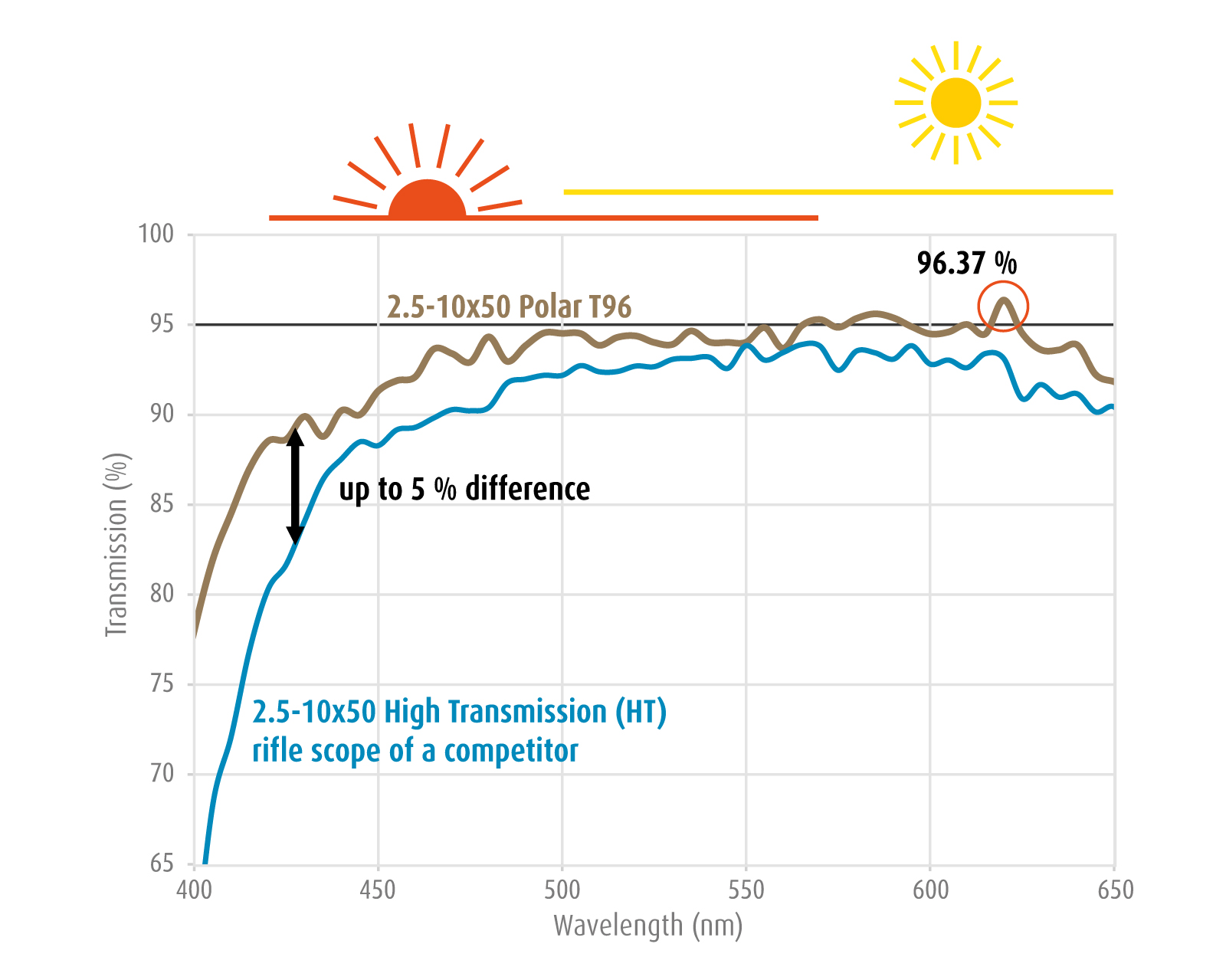
- Schmidt and.jpg (300.93 KiB) Viewed 678 times
5 Exit Pupil (Source: Nikon)
For those who will follow this net by viewing this post, you will get the most out of the discussion by following this link -
https://imaging.nikon.com/lineup/sporto ... sic_05.htm
The exit pupil is the bright circle that can be seen in the center of each eyepiece when you hold the binoculars about a foot away from your eyes with the objective lenses pointed toward a bright light. Light rays must pass through this exit pupil, (or aperture) to exit the optical system and enter your eyes. The larger the exit pupil, then, the more light will be transmitted to your eyes. This is why exit pupil is an important characteristic to consider when choosing hunting optics, especially for use in the poor lighting conditions found at dawn or dusk.
The Exit Pupil
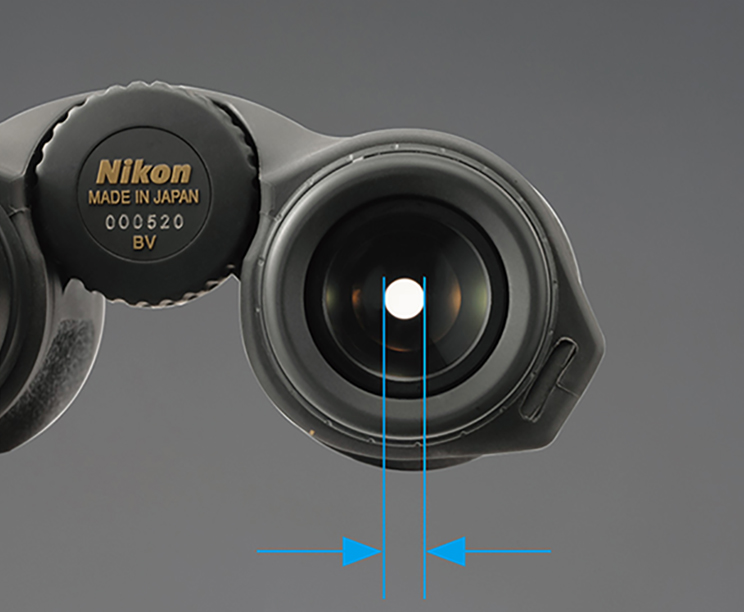
- Exit pupil-3.jpg (140.27 KiB) Viewed 678 times
How to calculate your optic's exit pupil: The effective diameter of the objective lens ÷ Magnification
With 8x42 binoculars, the formula is 42 ÷ 8 = 5.3.
Therefore, the diameter of the exit pupil is 5.3mm.
Optics exit pupil compared to human pupil:
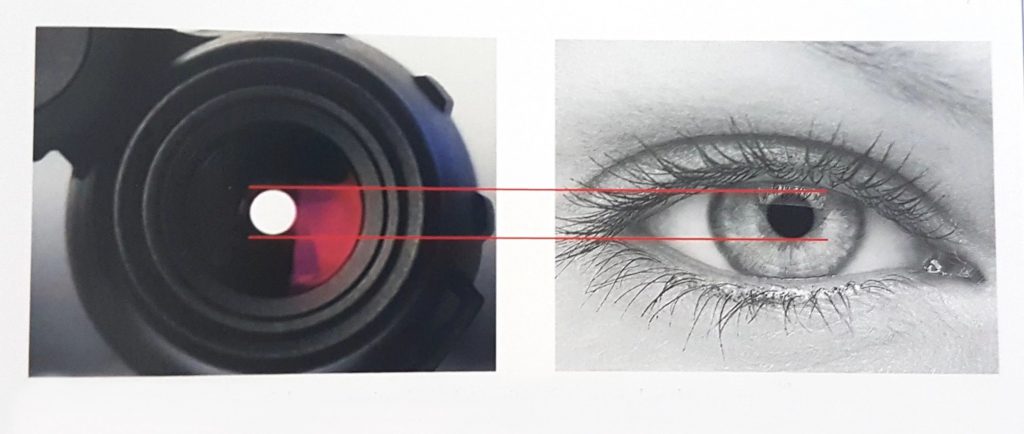
- Exit_pupil.jpg (48.61 KiB) Viewed 678 times
A comparison of the difference between 8x20 and 7x50 binoculars in low light shows why exit pupil is important.

- Exit pupil-2.jpg (53.41 KiB) Viewed 678 times

- Exit pupil-1.jpg (40.26 KiB) Viewed 678 times
6. Parallax
Parallax is a term that has recently been getting a lot more attention as manufacturers continue to upgrade and improve their products. This attention may also be partially the result of the growing interest in long range shooting. Incidentally, it only relates to firearm scopes. Parallax can be simply defined as a noticeable shift in reticle placement on your target while looking through your scope at different angles.
Parallax adjustment dial
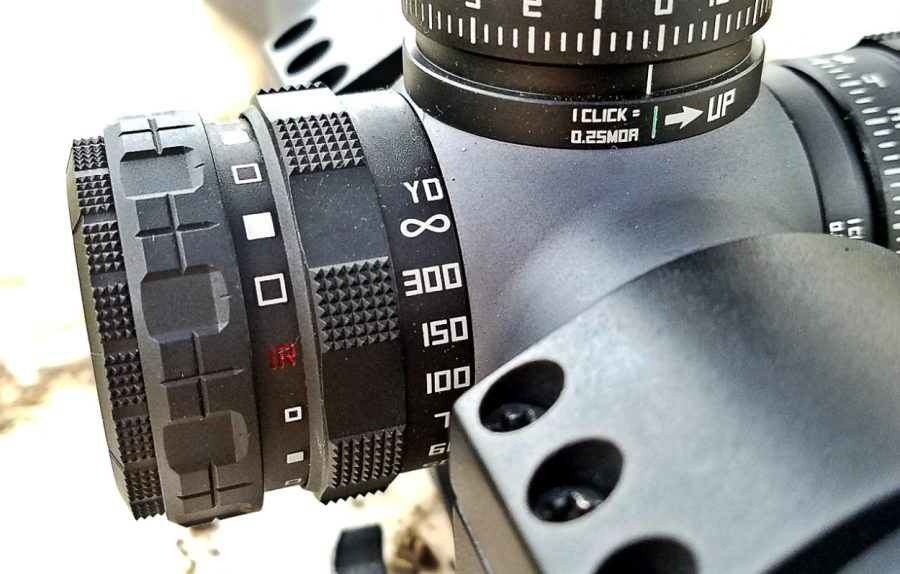
- Side Adjustment dial for Parallax.jpg (84.58 KiB) Viewed 672 times
More on the net.
7. First Focal Plane vs Second Focal Plane
A rifle scope’s reticle is placed in either the first focal plane (FFP) or the second focal plane (SFP). The main difference between the two options is how the reticle behaves when adjusting the scope’s magnification. A FFP rifle scope has a variable size reticle, while a SFP rifle scope will have a static reticle at all magnifications. There are advantages and disadvantages to either option.
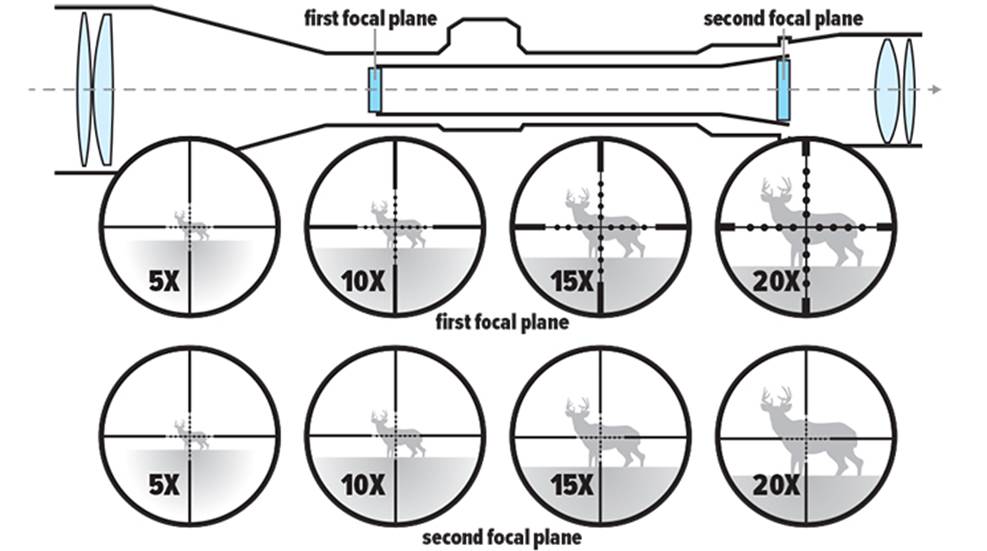
- focal_plane_debate.jpg (55.47 KiB) Viewed 660 times
8. Main Tube Diameter - 1 Inch vs. 30 mm
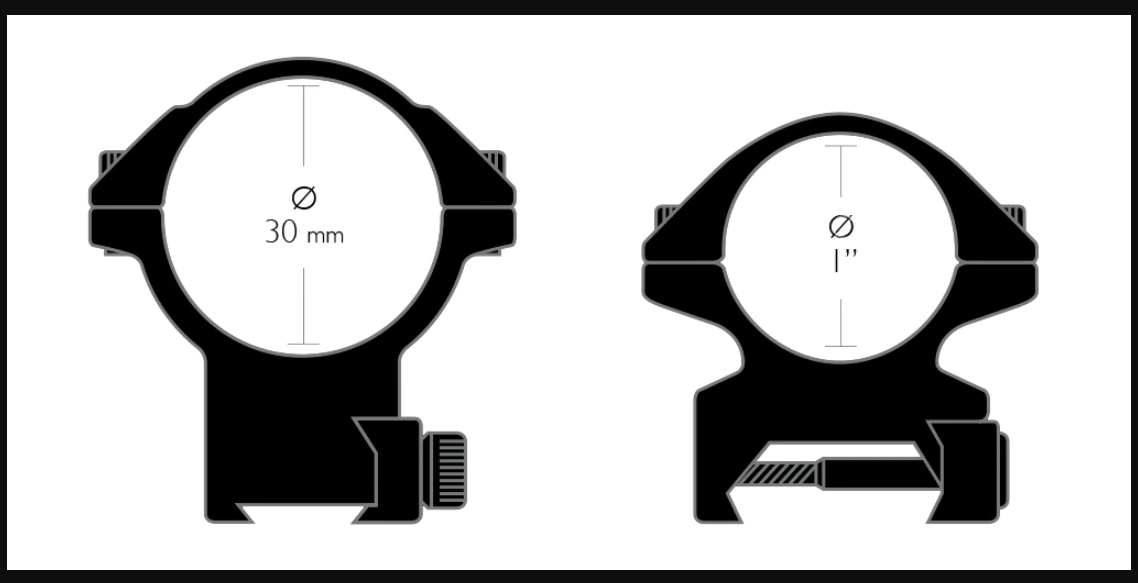
- 1 inch vs 30 mm-1.png (203.65 KiB) Viewed 660 times